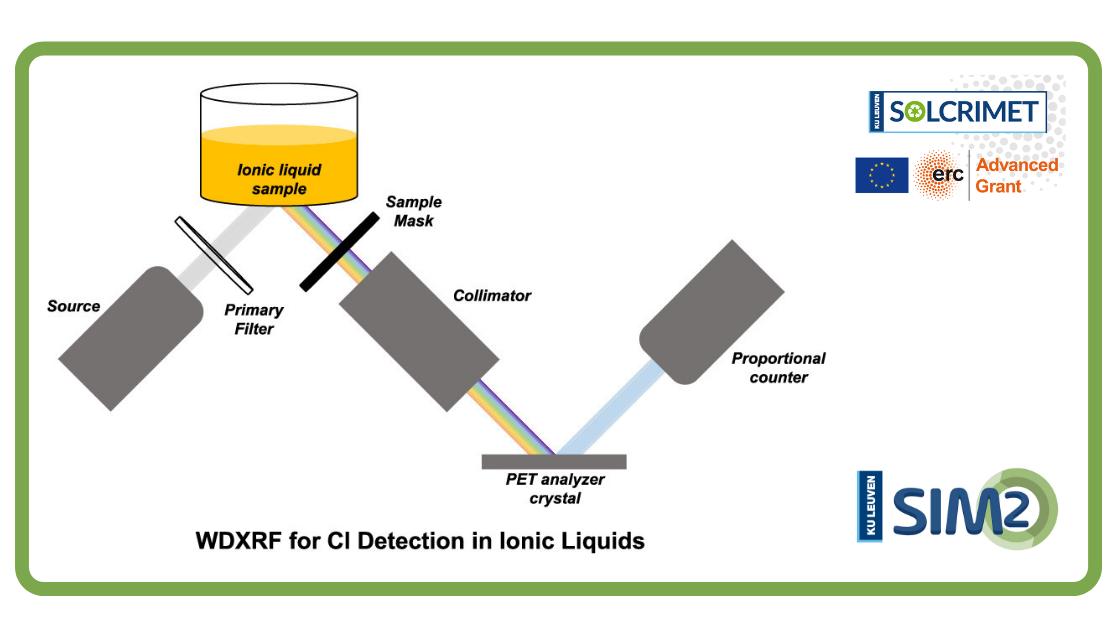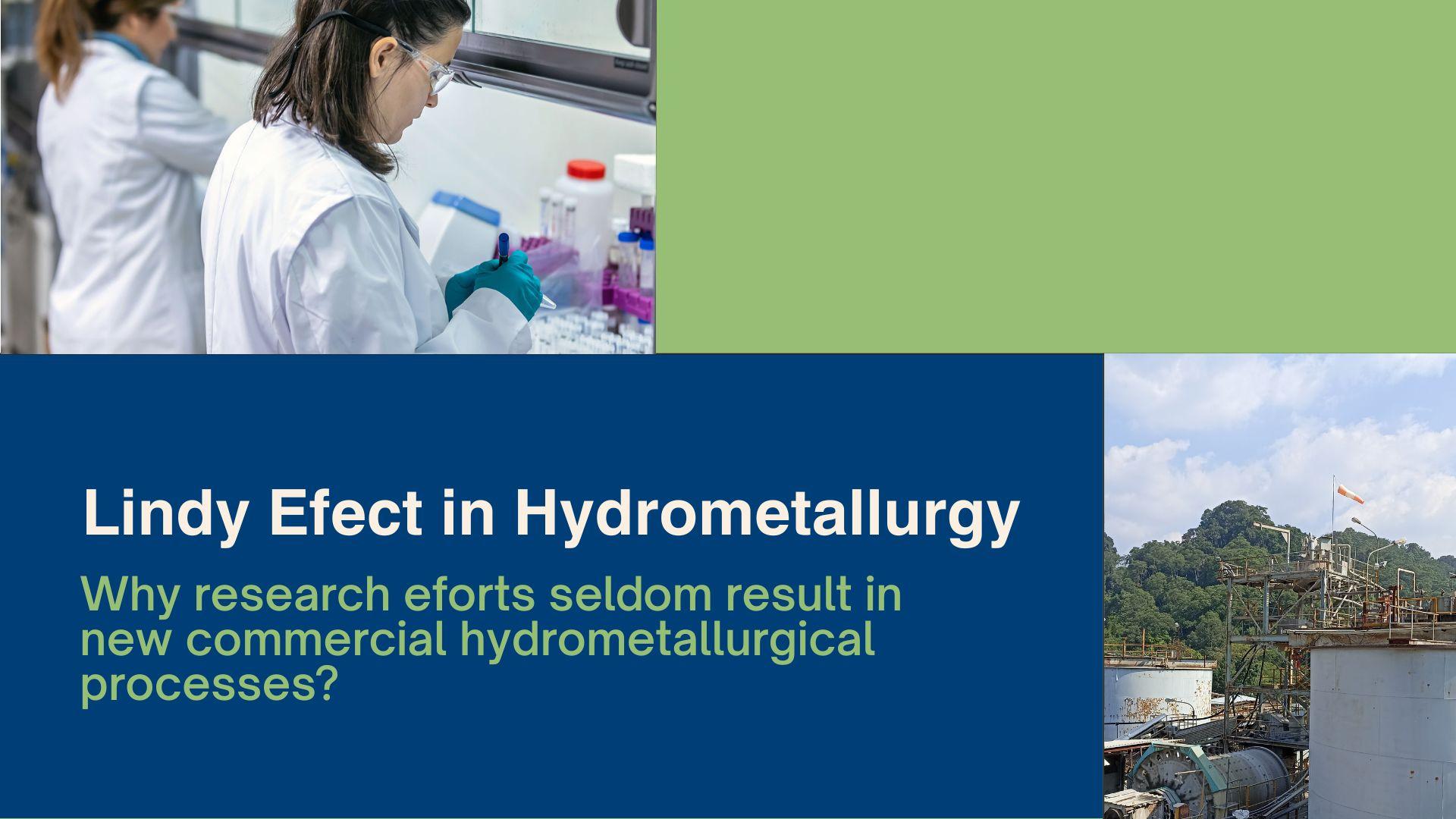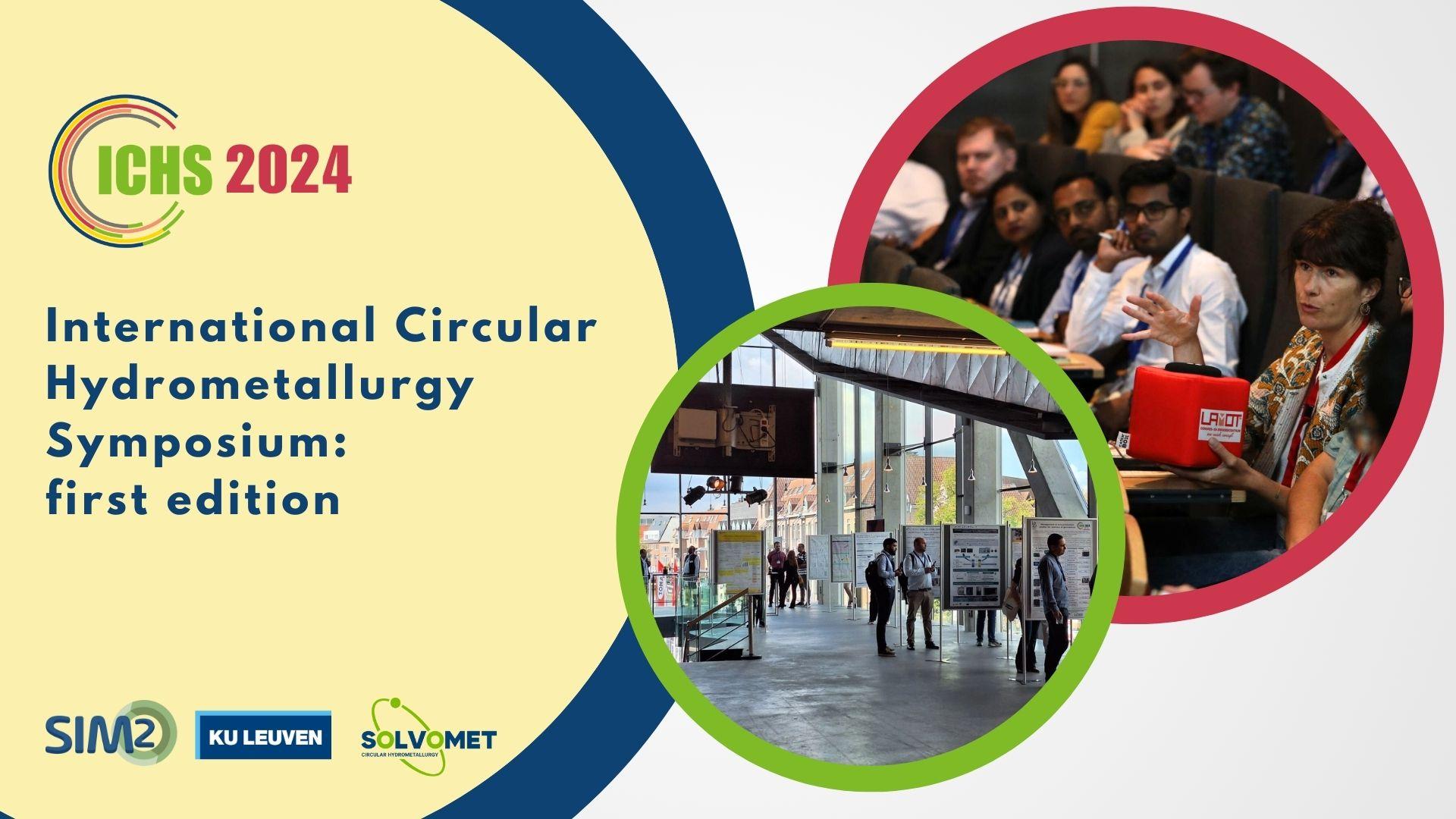SIM² KU Leuven – SOLVOMET/PROCESS researchers have developed a new method for the measurement of chlorides in ionic liquids using wavelength dispersive X-ray fluorescence (WDXRF). The method allows rapid measurements and requires minimal sample preparation steps as measurements can be performed directly on the liquid samples. The work was published in ACS Omega.
Residual chlorides
Efforts to reduce the environmental impact of various chemical and metallurgical operations include the study of alternative solvents, such as ionic liquids (ILs). ILs are solvents consisting solely of ions and are characterised by a negligible vapour pressure, low flammability and an intrinsic electrical conductivity.
In theory, such properties make them interesting alternatives for their more commonly used and volatile molecular counterparts. This is especially the case when one is dealing with high-value metals where the relatively high costs of an IL are counterbalanced by the potential metal recovery revenues.
The synthesis of most ILs is comprised of two major steps. In a first step, the desired cation is synthesised by means of a quaternisation reaction. This is followed by the introduction of the anion of choice through a salt metathesis reaction. A consequence of this second step is that most ILs still contain a residual amount of the initial anion. As the quaternisation reactions are often performed using chloroalkanes, chlorides are common impurities found in ILs.
Chloride detection
The detection and quantification of such chloride impurities is crucial since both physical and chemical properties of the synthesised ILs can be affected by their presence. To this extent, a variety of analytical techniques have been put forward in the literature. Popular choices include various titration methods, ion chromatography and total X-ray fluorescence. However, quantification difficulties, lengthy measurements and calibrations, and extensive sample preparations are often encountered.
In this work, for the first time, WDXRF was presented for the detection of chlorides in IL samples. The method was developed for four different analogues of the commercially available ionic liquid Aliquat 336 i.e. its iodide, bromide, nitrate and thiocyanate forms. Measurements were accurate within 5% and detection limits as low as 42 ppm Cl have been obtained.
The main strength of WDXRF for this purpose compared with other techniques lies with the near-absence of sample preparation steps. Indeed, measurements can be performed directly on the liquid samples which can be either diluted or undiluted ILs. In addition, measurements are generally rapid (30-300 s) and the technique has proven to be applicable to a wide range of chloride concentrations.
Full reference of paper
Vereycken, W.; Riaño, S.; Van Gerven, T.; Binnemans, K. Determination of Chlorides in Ionic Liquids by Wavelength Dispersive X-Ray Fluorescence Spectrometry. ACS Omega 2021, 6 (21), 13620–13625. https://doi.org/10.1021/acsomega.1c00586.
Acknowledgements
The research was supported by the European Research Council (ERC) under the European Union’s Horizon 2020 Research and Innovation Program: Grant Agreement 694078 (SOLCRIMET). The authors also thank KU Leuven for financial support (project C24/18/042, ISOMER).
.png)







